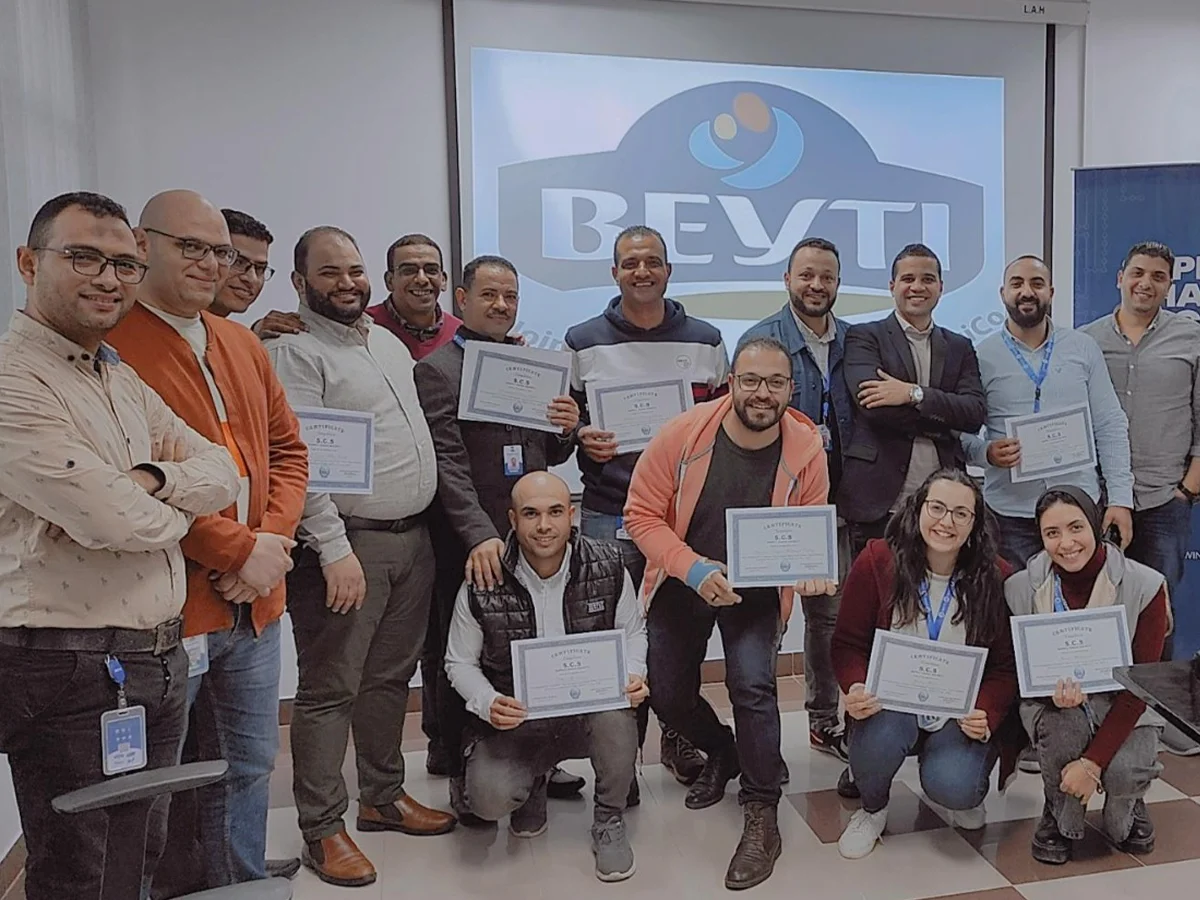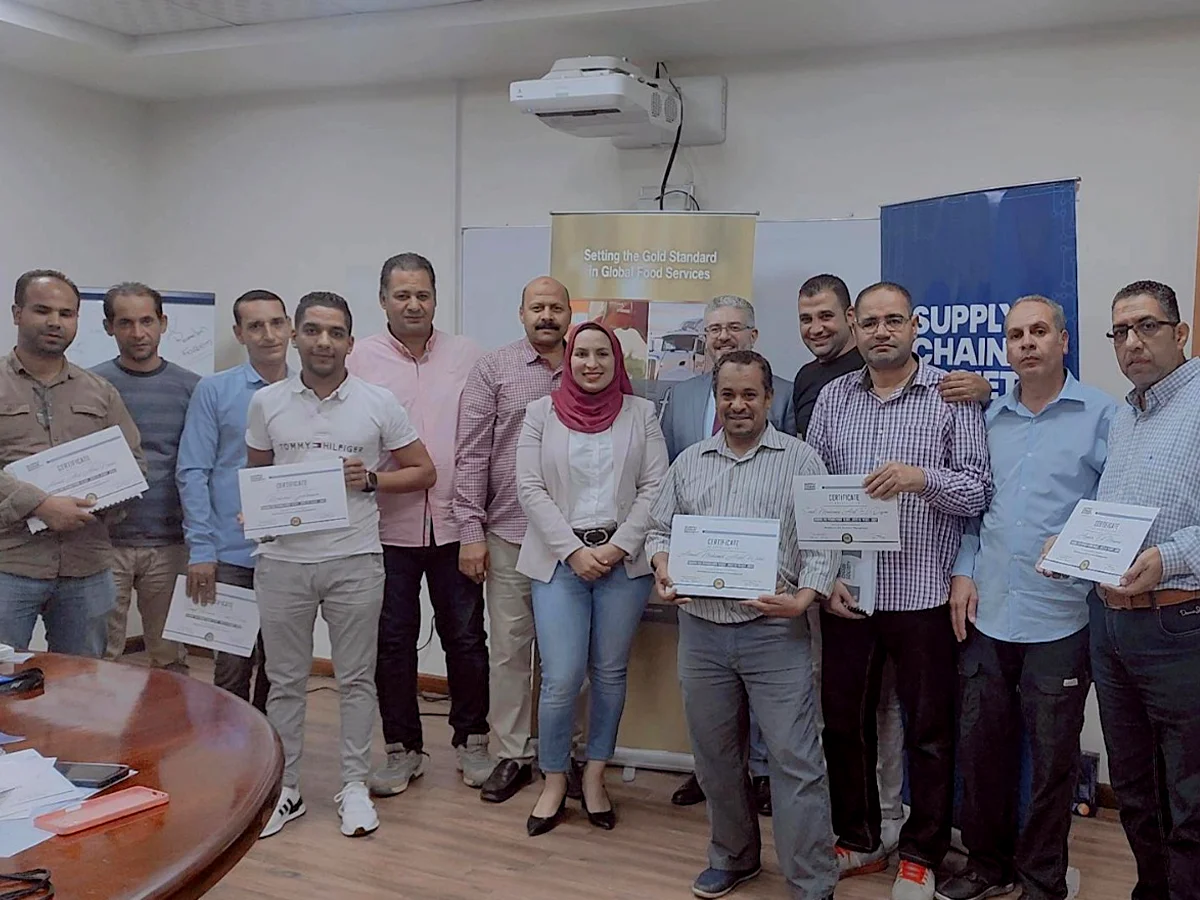LSSGBC – Lean Six Sigma Green Belt Certification
Benefits and Learning Objectives
Companies are realizing that they can achieve dramatic results by applying Lean Six Sigma methods to improve their performance. The goal of Lean Six Sigma is near perfection in meeting customer requirements. The term Six Sigma refers to a statistically derived performance target of operating with only 3.4 defects every million “opportunities”.
Lean Six Sigma also requires that companies build their business around an intimate understanding of their customers’ requirements, bringing as much discipline and focus to this external activity as they do to internal process-improvement efforts.
The Six Sigma methodology has entrenched itself as the gold standard for process improvement and is adopted across a wide range of industries besides manufacturing. It is a statistical approach that aims to optimize production, efficiency, and effectiveness by reducing the variability of processes. With more organizations adopting process improvement strategies such as Lean and Six Sigma, Green Belt is a powerful asset in today’s job market.
Lean Six Sigma Green Belt Certification Training course in Egypt at Invensis Learning will help you master the knowledge, experience, and confidence required to get Six Sigma Green Belt Certified.
Upon completing the Lean Six Sigma Green Belt, participants will be able to:
- Gain an in-depth understanding of quality improvement methodology.
- Adopt a process-centric approach to streamline operations.
- Analyze the flaws in existing processes and rectify the same.
- Develop problem-solving skills to address the issues identified in the initial phase.
- Reduce wastage of resources in the process.
- Take data-driven decisions to improve the processes.
- Eliminate errors and reduce variations in the processes to increase the success of the project.
- Manage stakeholders effectively to meet organizational goals.

More Deatils About
LSSGBC – Lean Six Sigma Green Belt Certification
- Professionals with an interest in Six Sigma methodology
- Managers interested in starting a Six Sigma program for their organization
- Operations Managers who wants to improve efficiency using Six Sigma
- Quality Auditors
- Business Students who are keen to learn Six Sigma and enhance their career
- Engineers / Professionals / Executives who want to understand Six Sigma as a management tool for process and performance improvement at their workplace
- Quality and Process Managers, Engineers and Executives who need to gain knowledge of Six Sigma in process/quality improvements
- Production Managers, Production Supervisors, and Customer Service Managers
Module 1: Introduction to Lean & Six Sigma
- Introduction to Quality
- Introduction to Lean
- Principles of Lean
- The 3 Ms
- Introduction to Six Sigma
- Evolution of Lean Six Sigma as an integrated approach
- How does Lean Six Sigma align with organisation goals?
- Overview of 5 Phased DMAIC Methodology
- Roles and Responsibilities in a Lean Six Sigma Project
Module 2: Define Phase
- Identifying a potential Lean Six Sigma Project
- Validating if a project is suitable
- for the LSS Methodology
- Components of a Process
- Develop COPIS/ SIPOC
- Process to Gather VoC
- Kano Model for VoC
- Translate VoC to CTQs
- Develop Project Charter
- Analyse Project Stakeholders
Module 3: Measure Phase
- Sources of Information – Process Door & Data Door
- Importance of Understanding As-is Process
- Value Stream Mapping
- Takt Time
- Types of Data
- 5 Step Data Gathering Approach
- What to measure: Input, Process, Output Measures
- How much data to collect: Sample size calculation
- Data Measurement Plan
- Validate Measurements
- Collect Data
- Calculate Baseline Performance: DPMO, Sigma Score
Module 4: Analyze Phase
- Establish Cause and Effect Relationship
- Introduction to Process Analysis & Data Analysis
- Key Focus Areas in Process Analysis
- Techniques for Process Analysis
- ESCAP Analysis
- The Eight Wastes
- Techniques for Data Analysis
- Stratification
- Pareto
- Identify potential root cause(s)
- Fishbone/Cause & Effect/Ishikawa diagram
- Control impact matrix
- 5 Why
- Validate potential root causes
Module 5: Improve Phase
- Develop Potential Solutions
- Preparation for Brainstorming
- Brainstorming Techniques
- Prioritise Solutions
- Prioritisation Techniques
- Design Go to Process
- Kaizen
- Kanban
- 5S
- Poka Yoke
- Cellular Design
- Validate potential solutions with pilot
- Correct / Re-evaluate potential solution
- Update policies, process flows and procedures
- Train staff
- Implement validated solutions
Module 6: Control Phase
- Develop Hand-over Plan
- Process Management Plan
- Complete Hand-over to Process Owner
- Obtain sign-off on Project Benefits
- Close Project
Duration: 60 Hours / 10 Days
The Lean Six Sigma Green Belt Exam Format in Egypt is as follows:
- Type of question: Multiple choice and true/false
- of questions: 100 questions (includes 20 true/false and multiple-choice questions)
- Exam Duration:180 minutes (3 hours)
- Passing Score: Should achieve a score of 385 points out of 500.
- Type of exam: Closed book
- Exam Fees: The IASSC Lean Six Sigma Green Belt exam cost in is USD 400
Course Gallery











Scroll
Frequently Asked Questions
Use customer data to build great and solid product experiences that convert.
Content-focused grid designs, unique social elements, post-sharing function, author exposure, sticky newsletter.
Content-focused grid designs, unique social elements, post-sharing function, author exposure, sticky newsletter.
Content-focused grid designs, unique social elements, post-sharing function, author exposure, sticky newsletter.
Content-focused grid designs, unique social elements, post-sharing function, author exposure, sticky newsletter.
Content-focused grid designs, unique social elements, post-sharing function, author exposure, sticky newsletter.
Content-focused grid designs, unique social elements, post-sharing function, author exposure, sticky newsletter.
Content-focused grid designs, unique social elements, post-sharing function, author exposure, sticky newsletter.
Students Reviews
I just completed the CSCP Course in SCS The course is very useful and the instructor is very professional Dr. Ashraf
Muhammad Ahmed Fawaz
Special thanks to the cooperative team especially to our wonderful instructor Dr Alaa El Amir Gratitude is also extended to El Dokki staff Really Recommended for Supply Chain Courses
Ahmed Zaen
Thanks a lot Really i learned a lot of things with very professional instructors
Ahmed Salah
Enriching Experience The instructor's explanations were clear and concise, and the course content was well-structured and easy to follow.
Douaa Mohamed
Great experience with helpful team .. highly recommended
